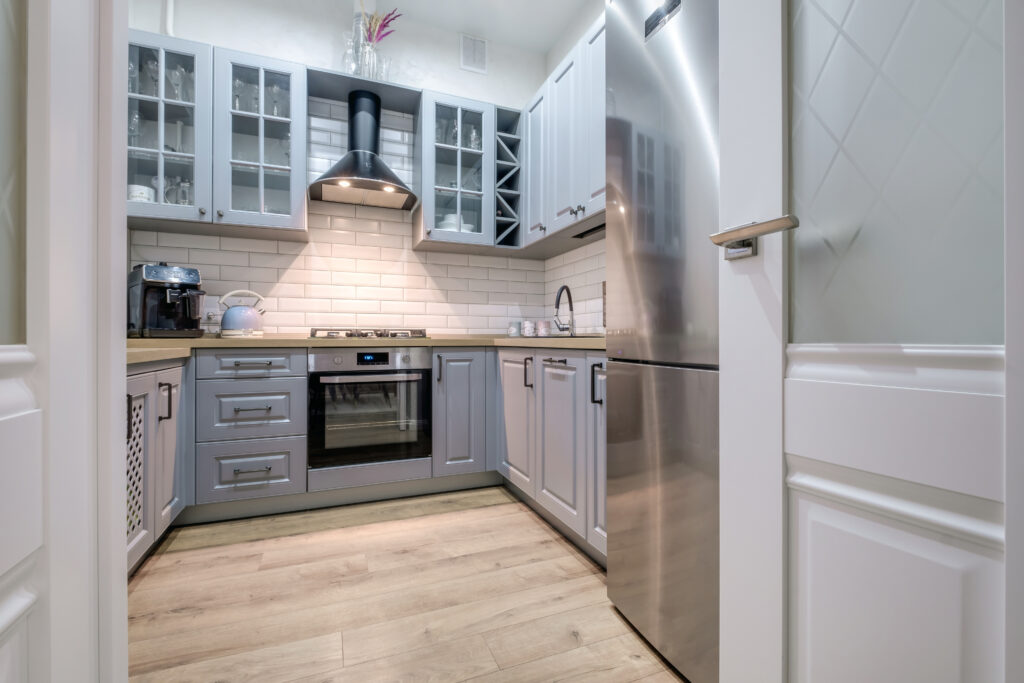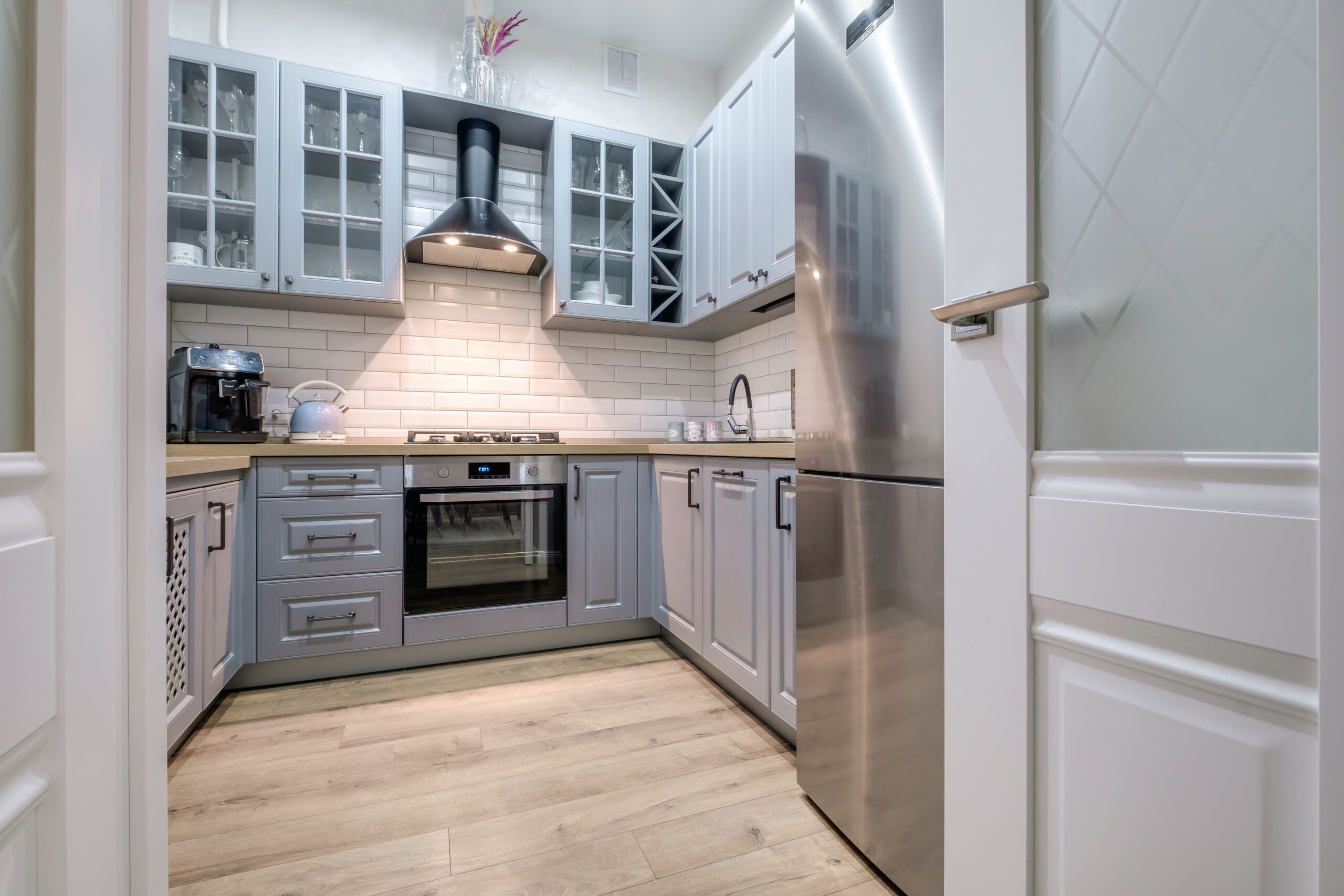The Compact Kitchen Revolution: Understanding Small Space Appliances for Modern Living
Living in a small apartment often means facing a common challenge: making the most of limited kitchen space. But modern innovation has brought compact kitchen appliances into focus for urban homeowners. These appliances are more than just space-saving tricks—they’re redefining home cooking, energy efficiency, and lifestyle adaptability. For homeowners exploring smart, tailored options for functional living, understanding compact appliances is essential. This article will walk through what these appliances are, how they work, what benefits they offer, potential limitations, and how a home warranty can protect your investment. Whether you’re preparing for a kitchen renovation or settling into your new high-rise apartment, this guide equips you to make informed, confident decisions.
What Are Compact Kitchen Appliances?
Compact kitchen appliances are scaled-down versions of standard household appliances, specifically engineered for limited-space environments. From two-burner cooktops to combination washer-dryers, compact appliances are built to deliver full-functionality without consuming square footage. They’re common in apartments, condos, ADUs (accessory dwelling units), and increasingly popular in tiny homes and vacation homes. Despite their smaller footprint, many feature advanced technology, sleek design, and multi-functionality. These appliances can include everything from countertop dishwashers to slimline refrigerators, and are often modular, making them easy to integrate into urban kitchen units.
How Compact Kitchen Appliances Work
Smaller size doesn’t mean reduced performance. Compact appliances use innovation to fit performance into confined spaces. For example, a whisper-slim convection microwave can replace an oven, air fryer, and traditional microwave. A two-in-one washer/dryer handles laundry in half the space. Energy use is often optimized for smaller voltage requirements, and many appliances are either wall-mounted or designed with ergonomic clearance needs considered. In short, these appliances are purpose-built for efficiency, both spatially and energetically. Installation may require modified plumbing or electrical hookups, but most models are designed to work with standard utilities found in apartment dwellings.
Advantages of Installing Small Space Appliances
The primary advantage is spatial efficiency. In small kitchens, every square inch matters. Compact appliances don’t just save floor and counter space—they enable the use of that scarce room in better ways. Energy efficiency is another plus; many of these appliances operate with a lower electrical load, and some carry ENERGY STAR certifications. Noise control is also improved in many models, which is ideal for open floor plans or multi-use settings. Practicality is key: when a single appliance handles multiple functions, there’s less clutter, fewer installation needs, and a cleaner kitchen aesthetic. They also align well with eco-conscious and minimalist lifestyles, common trends among today’s urban homeowners.
Challenges and Potential Limitations
Despite their benefits, compact appliances come with trade-offs. Smaller capacity is the clearest one—you won’t be roasting a 20-pound turkey in a compact oven. Performance may match full-sized options, but only to a point. Maintenance can also be challenging. Since some compact appliances are newer or less standardized, parts may wear out faster or be harder to replace. Repair services may not be as readily available locally. Installation, while simpler in theory, can pose feasibility issues depending on your building’s plumbing, electrical service, or venting requirements. Lastly, upfront cost is sometimes higher—a sophisticated small appliance can carry a premium price due to advanced engineering and premium space-saving design.
Maintenance Needs and Coverage Considerations
Given the complexity and multifunctionality of compact appliances, maintenance is crucial. Whether it’s a combination convection microwave or a drawer-style dishwasher, compact appliances often pack more technology into a smaller shell, increasing strain over time. Regular cleaning, filter replacement, and periodic inspections are essential. That’s where home warranty coverage offers real value. Traditional homeowners insurance doesn’t cover appliance failure due to wear-and-tear. A home warranty bridges that gap, ensuring repairs or replacements are managed quickly and professionally. For compact appliances, a home warranty can make the difference between a small inconvenience and an expensive, time-consuming replacement.
Choosing the Right Compact Appliances
Deciding on which compact appliances to purchase begins with evaluating your kitchen layout and daily habits. Prioritize needs—do you cook often or eat out frequently? Do you wash dishes daily? Options should match how you live. Reliability and brand reputation play a major role too. Mobility is another factor; some appliances are designed to move with you during a relocation or update. Check warranty compatibility with your home warranty provider to ensure peace of mind. Smart integrations with apps or sensors may appeal to tech-forward homeowners. Above all, compatibility with your space—electrical circuits, cabinetry dimensions, and venting requirements—is non-negotiable. Research and planning are as essential as the appliance itself when space and functionality are both at a premium.
Protecting Smart Investments with a Home Warranty
Small appliances are big investments in comfort and quality of life—especially when space is at a premium. Compact doesn’t mean disposable, and when these appliances break down due to normal use, repairs can be costly and complicated. A home warranty from Armadillo simplifies this by protecting your kitchen investments. With Armadillo’s easy and reliable coverage, homeowners can have confidence that essential small-space appliances are protected and serviced with care. Build your custom plan by visiting Armadillo’s homepage or get started now on choosing coverage with the Plan Builder.


























